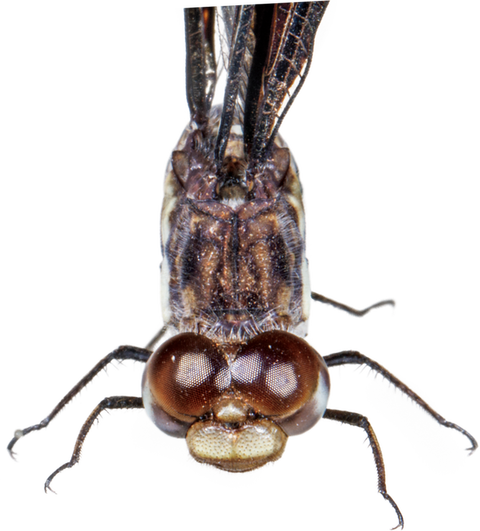
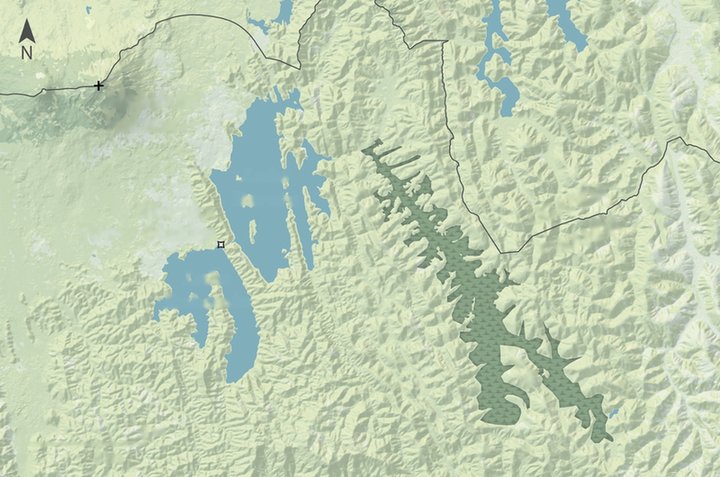
Muhabura Volcano
Ntaruka power station
RugeziMarsh
Uganda
Rwanda
Lake
Ruhondo
Lake
Burera
aclose‑upofthePortiawidow dragonfly
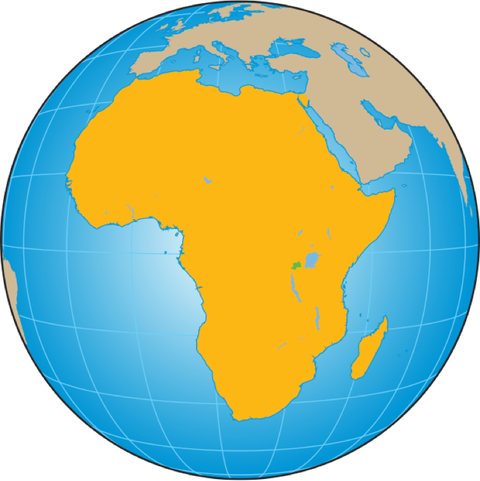
Africa
Atlantic
Ocean
Rwanda
IgrewupintheAfricancountryofRwanda.Ilivedinavillageclosetoawetland.Irememberswimmingwithfriendsintherivers.Itriedtocatchdragonfliesastheyflewby.Wecalledthem:“FlyingFlowersoftheRiver.”Overtime,Ibegantoseefewerofthem.Iwantedtoknow why!
Intheshadowofanoldvolcanosittwolakes,BureraandRuhondo.AlsointhevalleyisRugeziMarsh.Thiswetlandcoversawidearea.Itcontrolswaterthatflowsintothelakes.Idoalotofmywork here.
Themarshisasourceofbothwaterandpower.Waterseepsthroughthemarsh.ItfeedsLakeBurera.This,inturn,feedsthehydroelectricpower station.
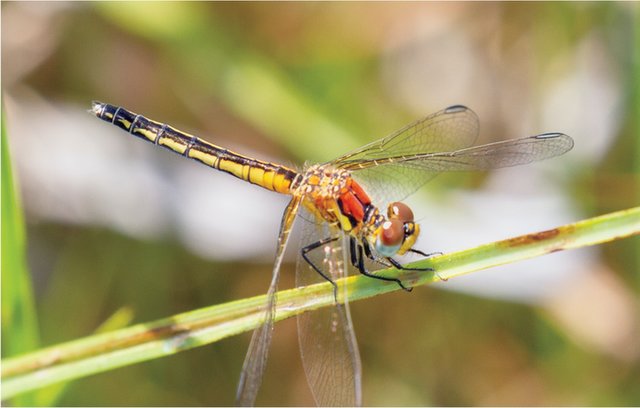
InRwanda,thedwarfpercherdragonflycanonlybefoundinRugezi Marsh.
FacingaCrisis
Yearsago,mycountrysufferedanenergyshortage.Powerproducedbythepowerstationdropped.WaterlevelsinLakeBureradropped,too.Toomuchhumanactivityandtoolittlerainfallharmedthe ecosystem.
ManyofRwanda’speopledependonfarming.So,wetlandsareconvertedintofarmland.Inthelasttwodecades,we’vetriedtorestoretheRugeziMarsh.Someeffortsare working.
Andbelieveitornot,the“flyingflowers”ofmychildhoodmightbepartofthe solution!
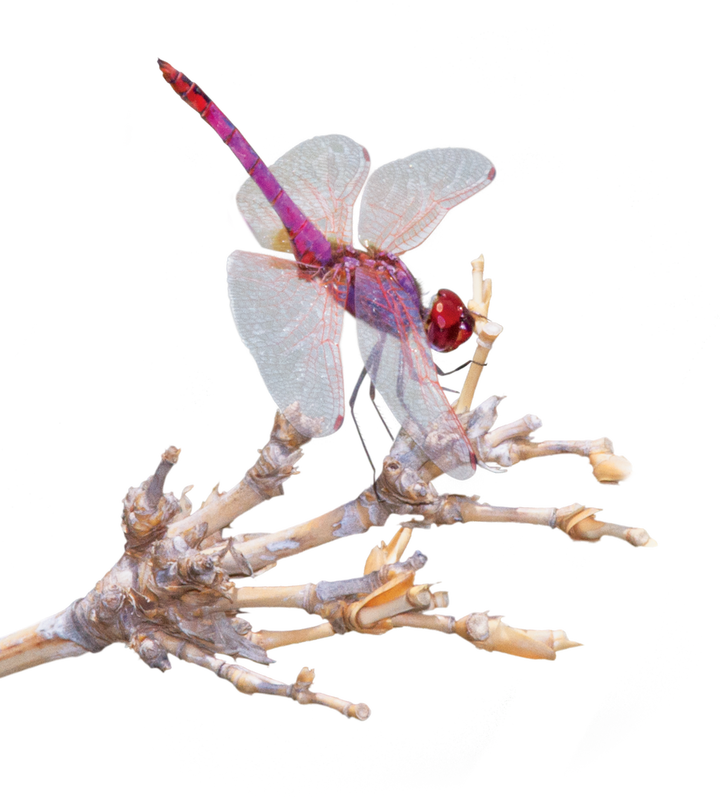
Avioletdropwingdragonflyrestsona branch.
SignsofHealth
Itturnsout,dragonfliesareagoodsignofthehealthofawetland.Theyspendmostoftheirlifecycleinthewater.Forthemtothrive,thewatermustbeclean.Theyalsoneedhealthyplantsnearbytohidefrom predators.
So,Icreatedamonitoringsystem.Weusedragonfliestohelpusidentifyareasthatneed protecting.
Asthemarshcontinuestorecover,Iamsurewewillseemore“flyingflowers”onthe river!